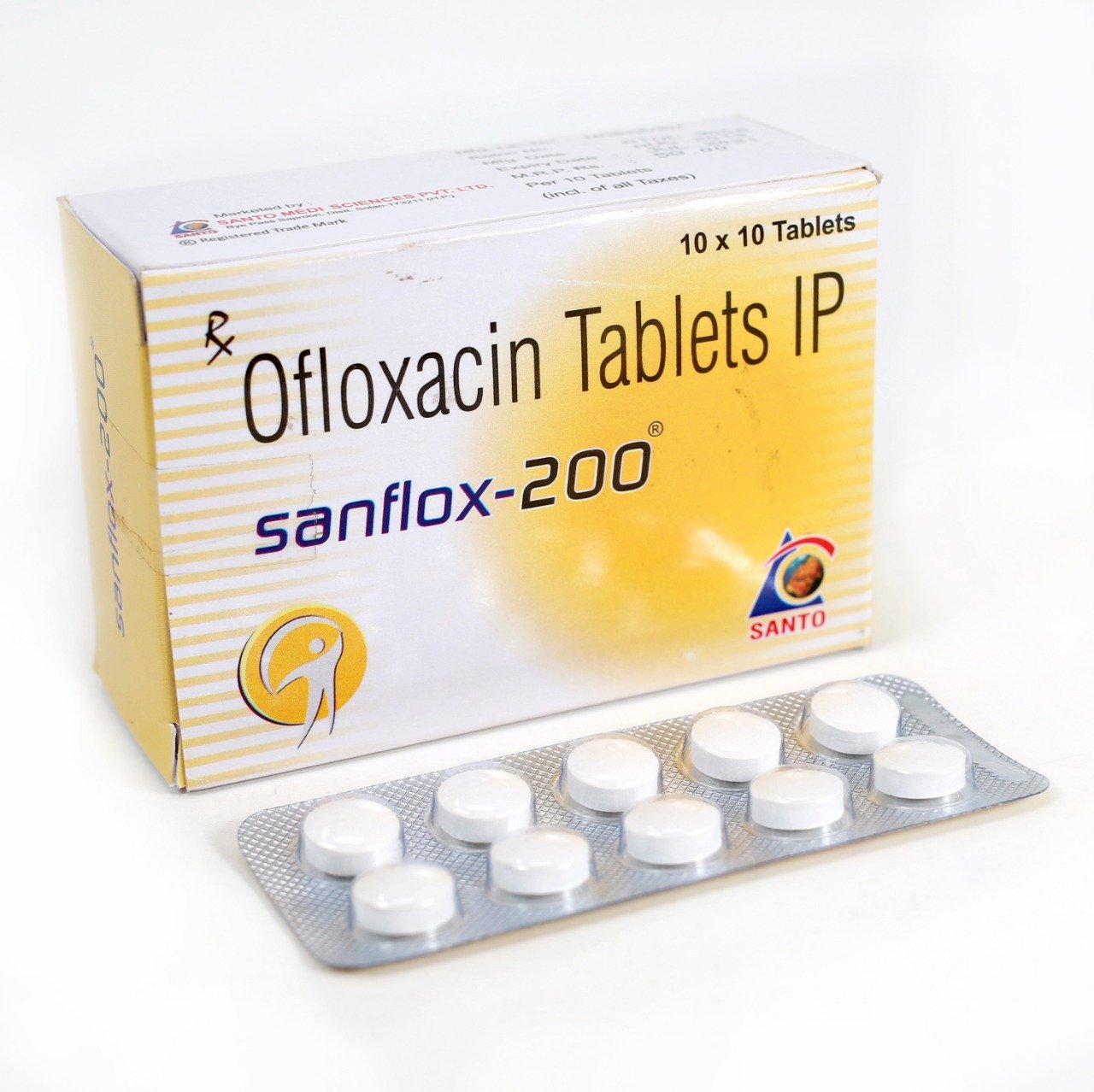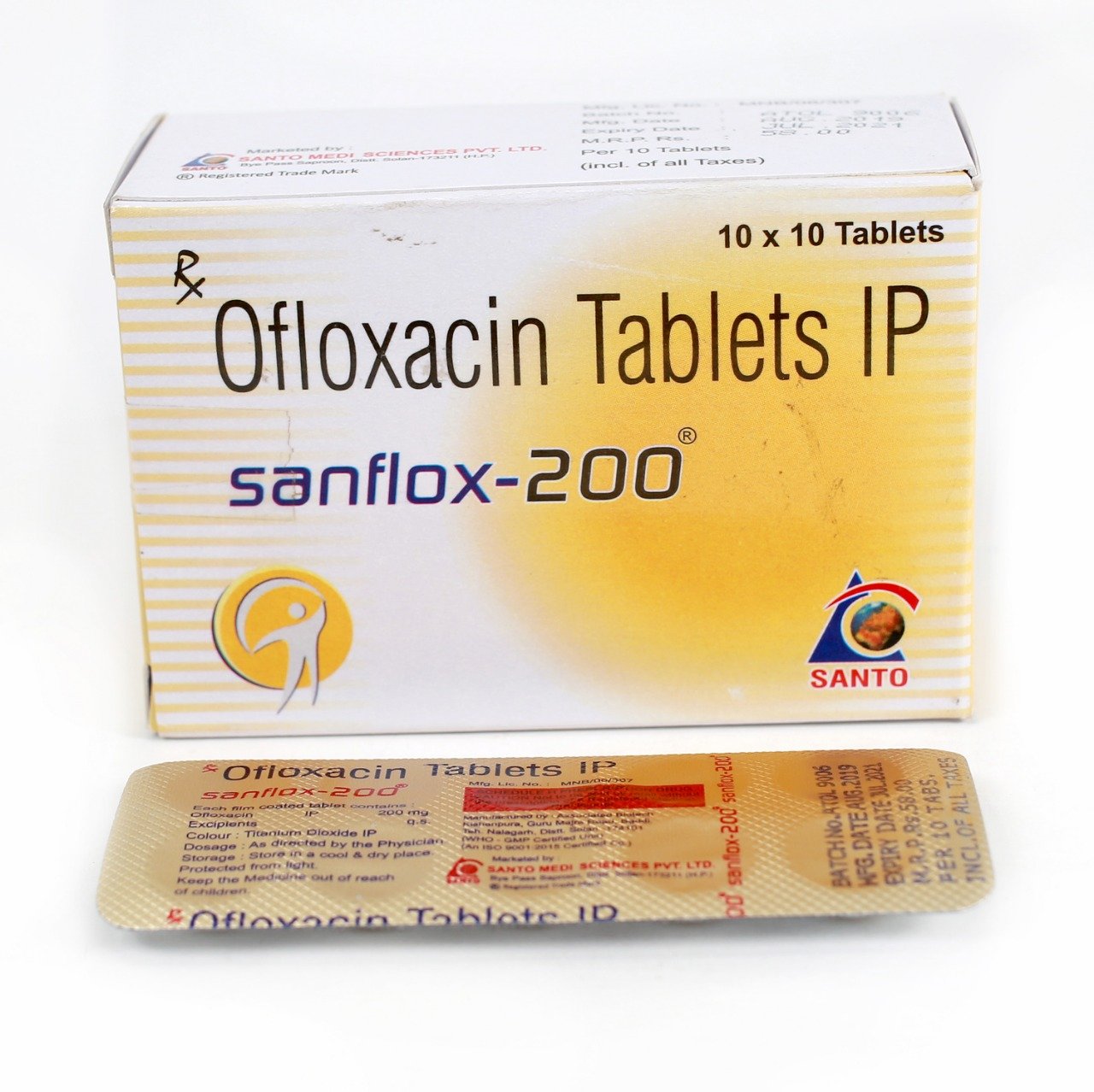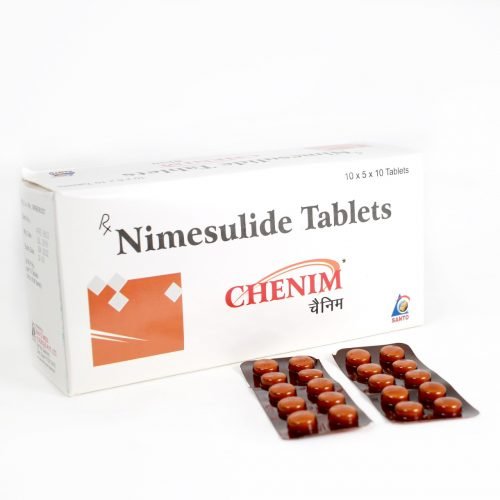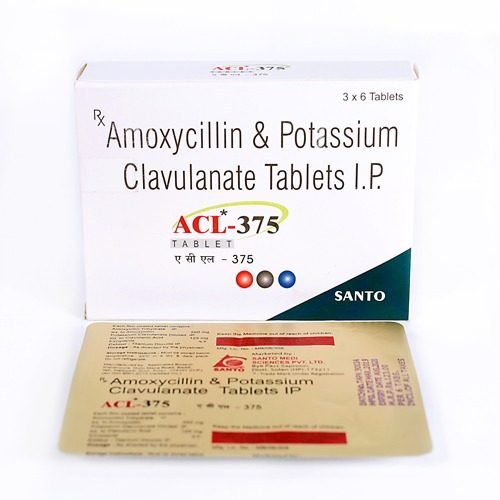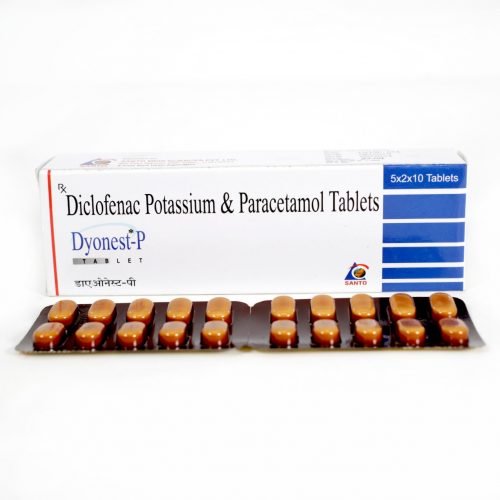- 01792-220191, 09839141955, 06390845955
- SCO No. 2 & 3, Block-B;Office No.-249A; 2nd Floor, Motia Plaza Baddi-173205; Distt. Solan (H.P.)

SANFLOX- CF
September 19, 2019
SANFLOX-OZ
September 19, 2019SANFLOX-200
| Brad Name | Sanflox-200 |
| Composition | Ofloxacin 200 MG Tablets |
Ofloxacin 200 mg
Sanflox -200 (Ofloxacin) is an antibiotic that belongs to the class of medications called quinolones. It is used to treat certain infections caused by bacteria. It is most commonly used to treat infections of the lung, urinary tract, and skin. It can also be used to treat certain prostate infections and sexually transmitted infections. Ofloxacin works by killing some types of bacteria that can cause these infections.
Indications
- Non-gonococcal cervicitis/urethritis
- Mixed infection of the urethra and cervix
- Uncomplicated cystitis
- Complicated urinary tract infections
- Chronic bacterial prostatitis
- Traveller’s diarrhea
- Typhoid fever
Dosage
- Non-gonococcal cervicitis/urethritis
Adult : 200 mg twice daily for 7 days. - Mixed infection of the urethra and cervix
Adult : 200 mg twice daily for 7 days. - Uncomplicated cystitis
Adult : 200 mg twice daily for 3 days if due to E. Coli or Klebsiella pneumoniae; 7 days if due to other susceptible organisms. - Complicated urinary tract infections
Adult : 200 mg twice daily for 10 days. - Chronic bacterial prostatitis
Adult : 200 mg twice daily for 6 week. - Traveller’s diarrhoea
Adult : 200 mg twice daily for 1-3 days - Typhoid fever
Adult : 200 mg twice daily for 7-14 days
Contraindications
- Hypersensitivity to ofloxacin
- In prepubertal children and growing adolescents
- In patients with past history of tendonitis
- Past History with seizure
Precautions
- Prescribing Ofloxacin tablets in the absence of a proven or strongly suspected bacterial infection or a prophylactic indication is unlikely to provide benefit to the patient and increases the risk of the development of drug-resistant bacteria.
- Adequate hydration of patients receiving Ofloxacin should be maintained to prevent the formation of a highly concentrated urine.
- Moderate to severe photosensitivity/phototoxicity reactions, the latter of which may manifest as exaggerated sunburn reactions involving areas exposed to light can be associated with the use of quinolones after sun or UV light exposure. Therefore, excessive exposure to these sources of light should be avoided.
- Ofloxacin should not be used in patients with a history of convulsions or with risk of seizures.
- Tendinitis or tendon rupture may occur with use of ofloxacin.
- Cautious use is advised in patients with cardiac disorders and impaired liver function.
- Ofloxacin may worsen the signs of myasthenia gravis and lead to life threatening weakness of the respiratory muscles.
Side effects
Nausea, abdominal pain, diarrhoea, pseudomembranous colitis, pancreatitis, loss of appetite, Fungal infection, pathogen resistance, agranulocytosis, haemolytic anaemia, increased eosinophilis, decrease in WBC and platelets, allergic reactions, decrease in glucose levels, sleep disturbances, depression, anxiety/nervousness, irritability, euphoria, disorientation, hallucination, headache, dizziness, confusion, abnormal skin sensations, convulsions, tremors, visual disturbances, eye irritation, ringing in ears, hearing loss, prolonged QTc interval and increased heart rate, jaundice, elevated liver-function tests, skin rashes, itching, toxic epidermal necrolysis, exfoliative dermatitis, cough, difficulty in breathing, bronchospasm, tendinitis, tendon rupture, renal failure, elevated creatinine kinase
Drug interactions
- Concomitant use of ofloxacin with caffeine clozapine, ropinirole, theophylline, tizadine, ciclosporin, warfarin may increase their drug levels.
- Multivitamins, products containing iron or zinc, antacids or sucralfate should not be administered concomitantly with norfloxacin because they may interfere with absorption, resulting in lower serum and urine levels of ofloxacin.
- Concurrent use of a non-steroidal anti-inflammatory drug (NSAID) with norfloxacin may increase the risk of CNS stimulation and convulsive seizures

